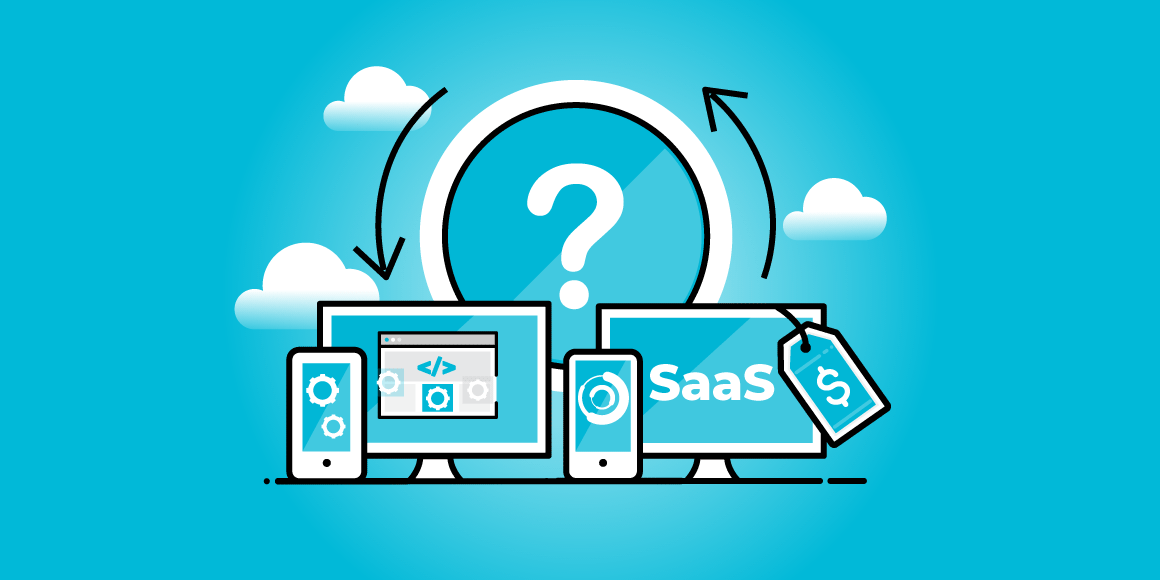We feel your pain. For years now we’ve all been struggling with supply chain shortages but none as much as our friends in the kitchen and bath, HVAC, and automotive aftermarket industries. We’re about to see, or already seeing, the bullwhip effect is on the upswing and, on the cusp of a potential recession, is going to drastically impact your organizations without a strategy to offset the inventory surge.
What Is A Bullwhip Effect?
TechTarget tells us “The bullwhip effect is a supply chain phenomenon describing how small fluctuations in demand at the retail level can cause progressively larger fluctuations in demand at the wholesale, distributor, manufacturer and raw material supplier levels. The effect is named after the physics involved in cracking a whip.” All of the supply we’ve been ordering over the last two years is coming in, but with a looming recession, the original customers and even future customers are being more conservative with spending.
Stagflation:
Stag-what? Not only are we finding ourselves on the cusp of a recession, we’re already experiencing inflation. Consumers will be more price conscious than ever. “During recessions, customers become increasingly aware of prices and are more price sensitive. They are also more likely to increase savings while deferring non-essential purchases.” Says the team at Monitor Deloitte.
So... Now What?
As Harvard Business Review from the last major downturn in 2009 tells us, “Because most consumers become more price sensitive and less brand loyal during recessions, they can be expected to seek out favorite products and brands at reduced prices or settle for less-preferred alternatives.” How do you ensure your loyal customers stay loyal and that you win market share from competitors during this challenging time? Here are a few suggestions:
Consumer Rebates: Rebates are particularly helpful in a recession as they allow you to adjust to market pressures only after a deal is closed, avoiding price erosion, and margin loss. Consumers are driven by price, but they still want the best long-term products their money can buy. Get creative! Selling a washer? Aggressive rebates on a matching dryer are ideal since the customer will probably need a new in a few years anyhow. There’s no getting out of buying new tires when you need, but decisions on brand are very driven on price. Retain brand integrity by not lowering the overall price but providing a lower cost option through rebates.
SPIFs: Salespeople will also be looking to close deals more than ever. Build loyalty with sales teams by incenting them to sell more of your solution instead of your competitors. Back to our tire example, that salesperson knows a heck of a lot more about tires – safety and wear than a consumer. As an expert they could suggest your brand or any other based upon what they’re going to get out of the deal!
Instant Rebates: Decrease the sales cycle but offering instant rebates and escort your customer down the buyers’ journey a bit faster. Instant rebates are a great way to upsell your customer to the level you know they want anyhow. Selling a more expensive model, in automotive for instance, not only increases the purchase price but ostensibly increases the customers’ satisfaction which leads to resell and upsell down the road.
Bottom line? Now is the time to invest in your sellers to ensure they’re doing business with you instead of your competition in a year or two.
Want more information? Learn more about how economic factors like supply chains are shifting, and how to keep your channel motivated and engaged.
Or visit 360insight for more information on channel incentive programs.
%20copy%204.png)



